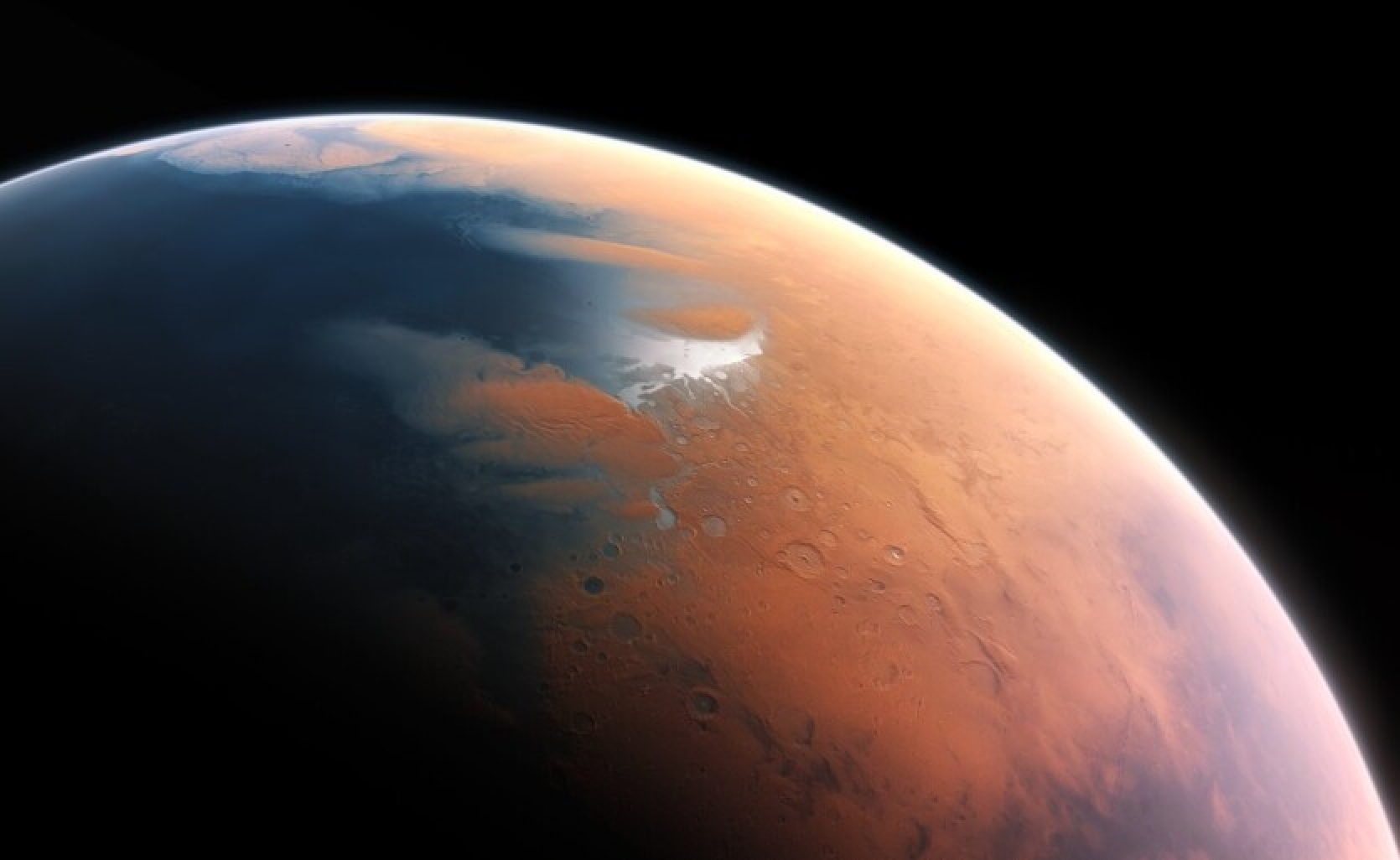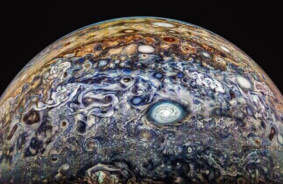Researchers have found evidence of water beneath the surface of Mars by analyzing data gathered from NASA's InSight rover.
A new study based on the NASA Interior Exploration using Seismic Investigations (InSight) mission has revealed signs of water hidden under the Martian surface. This discovery could transform our understanding of the planet's evolution and the potential for life on it.
Today, Mars is a cold and desolate planet, but it was different in the past. Scientists have long speculated about the presence of water on Mars by observing surface features, such as valleys and dried-up lakes. However, the mystery of where this water went has remained unsolved.
Researchers considered two possible scenarios: water could have evaporated into space or seeped deep into the planet. To unravel this mystery, NASA sent the InSight spacecraft to Mars, equipped with a seismometer to study the planet's internal structure.
Vashan Wright, the lead author of the study from the Scripps Institution of Oceanography at the University of California, San Diego, stressed the importance of understanding the Martian water cycle for studying the evolution of the planet's climate, surface, and interior.
By analyzing seismic waves generated by marsquakes, the research team created a model suggesting the presence of water in Mars’ middle crust. They estimate that the volume of water may reach 1 to 2 kilometers thick, exceeding the volumes of hypothetical ancient Martian oceans.
Water is likely located at depths ranging from 11.5 to 20 kilometers beneath the surface, which makes it inaccessible for future astronauts. Nevertheless, this discovery could indicate new locations for the search for life on the planet.
Michael Manga, a professor of Earth and Planetary Sciences at the University of California, Berkeley, noted that finding a substantial reservoir of water provides insight into Mars' past and its possible future climate. He also emphasized that such conditions could theoretically support life, similar to conditions found in deep mines and at the bottom of Earth's oceans.
The findings of the study have been published in the Proceedings of the National Academy of Sciences.
Source: Iflscience













Comments (0)
There are no comments for now